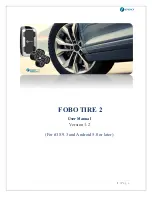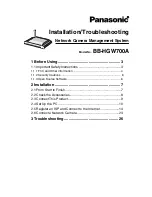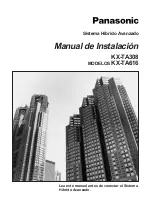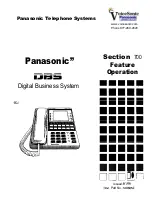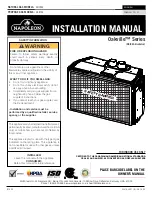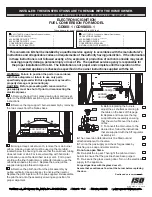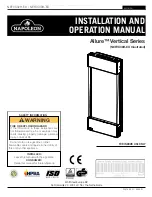
6 |
P a g e
the tire’s sidewall thus increasing the chances of a tire blow-out. Underinflated tires
will also cause accelerated wear on the tire shoulders thereby causing uneven tire
wear. Gas mileage will also be affected due to additional rolling resistance when
driving with underinflated tires. You would also experience a significant loss of
steering precision and cornering stability. Significantly under-inflated tires will also
be less effective in resisting hydroplaning.
On the other hand, an overinflated tire will cause accelerated wear on the center
portion of the tire resulting in uneven tire wear. It would also result in a harsher ride
and makes the tire more susceptible to damage when going over potholes or debris
on the road..
What is the optimum tire pressure? There are a lot of information about this subject
in internet forums and web articles. A quick guide for better understanding of tire
pressure below:-
1)
Car manufacturers recommend the optimum tire pressure for their car models.
The information is usually available on a sticker at the door jam (side of the
driver’s door) or in the owner’s manual. For some car models, the information
sticker may be on the trunk lid or on the fuel door. Car manufacturers usually
recommend different tire pressure for front and rear tires. This pressure is
usually recommended for comfort driving and optimum performance of the
car. It is not advisable to go below this recommended pressure level.
2)
The car manufacturer recommended tire pressure is “cold pressure”. When
you drive your car to the gas station, the friction on the road will heat up your
car tires within a few minutes. Typically there will 1 psi (~7kPa) increase in
air pressure for every 10 deg F (5.6 deg C) rise in temperature. It is advisable
to inflate the tire pressure with this compensated pressure above the
recommended pressure.
3)
Air pressure in tires is affected by changes in temperature. Check and adjust
your tire pressure whenever there is a drastic change in environment
temperature, e.g. Change of season.
4)
A tire will normally lose its pressure through natural causes unless accelerated
by a puncture, faulty valve or damaged wheels. It is advisable to change the
tire valves or at least check the valves condition every time you change a new
set of tires. Under normal condition, a set of tires could deflate at a rate of up
to 2psi per month. It is good practice to check your tire pressure regularly and
top up to the optimum pressure.
5)
Every car tire has a maximum inflation pressure. It is not advisable to inflate
to the maximum inflation pressure of the tire. Follow the car manufacturer’s
recommended tire pressure instead.

